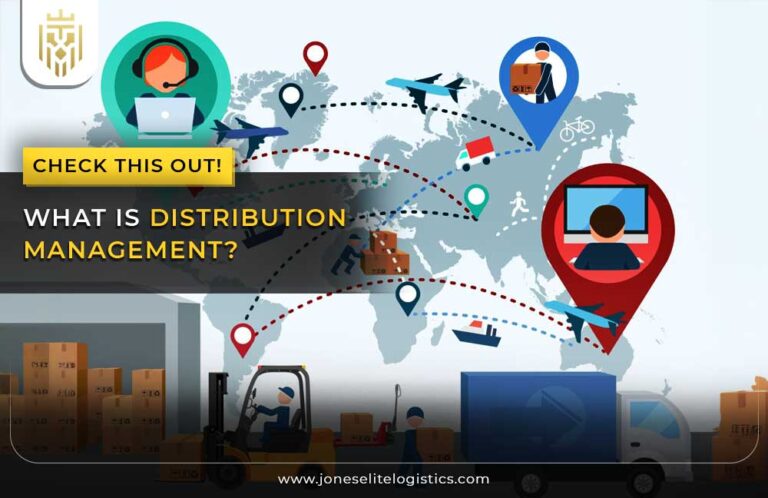What is Wave Picking?
Wave picking in warehouse operations refers to strategic method where orders are grouped into batches, or “waves,” for optimised picking and processing. Wave picking focuses on streamlining workflows to improve productivity while meeting strict shipping deadlines. The method drives shipping and logistics efficiency by organizing order fulfilment procedures according to carrier schedule requirements.
How Wave Picking Works?
Order criteria such as delivery dates and product types and transport routes are leveraged to form different waves in wave picking. The process of executing multiple orders simultaneously by pickers achieves higher operational efficiency while reducing travel times. A Warehouse Management System (WMS) controls a dynamic wave approach which enables flexible inventory movement throughout the warehouse structure.
What are the Differences Between Wave Picking and Batch Picking?
While both wave picking in warehouse and batch picking enhance efficiency, wave picking releases orders in scheduled waves based on delivery deadlines. In contrast, batch picking consolidates similar items across multiple orders, ignoring time constraints. The key distinction is that wave picking meaning revolves around a time-based process, while batch picking focuses on item similarity.

How are Waves Grouped?
Waves are grouped based on shipping schedules, product similarities, order size, warehouse location, and delivery deadlines. The optimised shipping and logistics processes operate alongside efficient freight shipping methods to support smooth wave picking in warehouse operations which decreases travel time and boosts productivity.
Shipping Schedules:
Companies divide order deliveries into waves according to shipping timetables to achieve timely fulfilment during shipping and logistics operations. Different shipping methods, including express and freight shipping, operate in their own separate waves to fulfil carrier timetables. Grouping orders according to shipping carriers enables warehouse operations to become more efficient while delivering improved delivery results.
Like Products:
Wave picking enables order combinations based on product characteristics including storage area position alongside dimensions or product classification. Warehouse staff can pick products effectively from one defined area to meet both freight shipping timeline requirements and shipping carrier specifications. Order segmentation by common traits helps decrease warehouse congestion which leads to increased productivity.
Replenishment Picking:
The process of wave picking in replenishment picking combines the organization of waves using shipping deadlines with product types and order quantities. A WMS controls a dynamic wave system that distributes orders across waves to achieve peak operation efficiency. Through this approach different orders can be picked at the same time which optimises resource distribution while reducing travel between warehouse sections.
Warehouse Priorities:
Orders are grouped based on delivery requirements including time sensitivity, shipping conditions and customer-specific needs under wave picking in warehouse. When orders are grouped by similarity the process maintains both efficient fulfilment alongside strict shipping and logistics timescales. The process creates more efficient operations by merging order fulfilment activities with warehouse strategic objectives.
Methods of Wave Picking:
Wave picking follows three main approaches: single order wave picking, multi-order wave picking, and zone-based wave picking. Warehouse efficiency and timely delivery improvements come from these wave picking strategies through streamlined order fulfilment systems which reduce congestion and optimize shipping carrier schedules.

Single Order Wave Picking:
The concept of wave picking within single-order processing requires staff to handle individual orders yet organize them into logical waves according to specifications. The approach combines reduced transit duration with systematic and effective order processing procedures. The scheduling of shipping carriers when organized efficiently creates operational improvements through disciplined delivery management.
Multi Order Wave Picking:
Warehouse operations use wave picking through multi-order picking to enable one picker to fill multiple orders simultaneously. This method, enhanced by a dynamic wave system, enables high-volume warehouses to become faster and more efficient. A WMS integration enables perfect tracking and execution allowing shipping and logistics processes to reach peak optimization.
Zone Based Wave Picking:
The warehouse divides into sections in wave picking meaning through zone-based picking which assigns pickers to their respective zones. The method reduces congestion and maximises productivity while facilitating efficient bulk-order management for freight shipping. This method delivers optimal results for warehouses handling structured shipping carriers while managing extensive diverse inventories.
Advantages of Wave Picking:
A warehouse implementation of wave picking creates stable operations while simultaneously lowering bottlenecks to achieve higher order accuracy. Dynamic wave management along with delay reduction and shipping operation optimization occurs because shipping carrier pickups connect flawlessly with warehouse workflow structures.

Enhanced Stability:
A structured wave picking in warehouse system achieves workflow consistency alongside minimal disruption. A dynamic wave approach enables efficient resource distribution and process optimization for warehouses. The method enables shipping and logistics operations to perform order fulfilment with precise scheduling and predictable efficiency at scale.
Reduced Bottle Necks:
Wave picking meaning organises orders in groups according to shared attributes and shipping priorities to help prevent bottlenecks. The approach reduces both freight shipping time duration and aisle blockages to improve warehouse operation efficiency. Shipping carrier pickups must match up with order fulfilment delivery times through coordinated processes.
Improve Order Accuracy:
The application of wave picking in warehouse operations leads to higher order accuracy rates because it provides organized pick lists for all processes. A dynamic wave system groups orders efficiently with lowered errors while following pre-established ordering criteria. The method delivers enhanced inventory control together with improved shipping management and supply chain optimization.
FAQs
1.What is Wave Picking?
Wave picking in warehouse operations refers to strategic method where orders are grouped into batches, or “waves,” for optimised picking and processing. Wave picking focuses on streamlining workflows to improve productivity while meeting strict shipping deadlines.
2.What are the Methods of Wave Picking?
Wave picking follows three main approaches: single order wave picking, multi-order wave picking, and zone-based wave picking. Warehouse efficiency and timely delivery improvements come from these wave picking strategies through streamlined order fulfilment systems which reduce congestion and optimize shipping carrier schedules.
3.What are the Advantages of Wave Picking?
A warehouse implementation of wave picking creates stable operations while simultaneously lowering bottlenecks to achieve higher order accuracy. Dynamic wave management along with delay reduction and shipping operation optimization occurs because shipping carrier pickups connect flawlessly with warehouse workflow structures.
4.What is the Difference between Wave Picking and Batch Picking?
While both wave picking in warehouse and batch picking enhance efficiency, wave picking releases orders in scheduled waves based on delivery deadlines. In contrast, batch picking consolidates similar items across multiple orders, ignoring time constraints.









